
What is Blockchain and How Does it Work? A Comprehensive 2025 Guide

In today’s rapidly evolving digital landscape, blockchain technology stands out as one of the most transformative innovations reshaping industries worldwide. At its core, blockchain is a decentralized, distributed blockchain database that securely records and verifies transactions across a peer-to-peer network. Understanding what is blockchain and how does it work has become essential for anyone interested in the future of digital transactions, data security, and decentralized systems. As we navigate through 2025, blockchain continues to redefine how information is stored, shared, and secured across multiple sectors.
Understanding Blockchain: The Fundamentals of Distributed Ledger Technology
At its essence, blockchain is a revolutionary form of database technology that diverges from traditional centralized systems. A blockchain consists of interconnected blocks that store transaction data and are cryptographically linked, forming a secure and ordered chain. Unlike conventional databases controlled by a single authority, blockchain operates on a distributed network of computers known as nodes. These nodes collectively maintain a shared ledger—a decentralized ledger—that records and verifies transaction data transparently and securely.
Imagine blockchain as an immutable digital ledger simultaneously stored on thousands of computers around the globe. In fact, blockchain functions as a distributed database, with data stored across multiple nodes, making it highly resistant to tampering. Every time a transaction occurs—whether it involves digital currency or other types of digital assets—it must be validated by multiple nodes before being permanently added to the blockchain. This process ensures that the transaction records—or blockchain records—are immutable and auditable, enhancing transparency and facilitating audits. These records are accurate and cannot be altered or deleted, providing an unprecedented level of security and trust.
The core principles underpinning blockchain technology are decentralization, transparency, and immutability. Blockchain decentralization enhances security and data integrity by distributing data across multiple nodes, preventing tampering and ensuring redundancy. A decentralized blockchain is a system where control is distributed across multiple nodes, eliminating the need for a central authority. Unlike traditional business networks that rely on a centralized entity, blockchain eliminates the need for intermediaries by enabling peer-to-peer network interactions. This decentralized structure fosters a trustless environment where blockchain users can conduct transactions directly, reducing costs and increasing efficiency. In contrast to centralized systems, decentralized blockchains offer a distributed structure and greater resilience, setting them apart from single-entity control models.
History and Evolution of Blockchain
The journey of blockchain technology began with early cryptographic innovations in the 1980s, but it was the introduction of Bitcoin in 2008 that truly brought blockchain into the spotlight. Bitcoin’s launch marked the first successful use of a decentralized digital currency, powered by a blockchain network that allowed users to record transactions securely without relying on a central authority. This breakthrough demonstrated the potential of blockchain as more than just a ledger for digital currency—it became a foundation for trustless, peer-to-peer value exchange.
As blockchain technology matured, its applications rapidly expanded beyond cryptocurrencies. The development of smart contracts enabled automated, self-executing agreements on blockchain platforms, paving the way for decentralized finance (DeFi) and a new era of programmable money. The rise of non-fungible tokens (NFTs) further showcased blockchain’s versatility in managing digital assets and intellectual property.
Over time, the blockchain ecosystem diversified with the emergence of various blockchain networks, including public, private, and consortium blockchains. Each type of network brought unique features and use cases, from open participation and transparency to controlled access and enterprise collaboration. Today, blockchain technologies underpin a wide range of applications, driving innovation across finance, supply chain, healthcare, and beyond.
How Blockchain Technology Works
The mechanics of blockchain revolve around linking blocks of data in a secure and verifiable chain. Each block contains a batch of transaction records, and crucially, each block references the previous block through a cryptographic hash. This linking forms a continuous chain, making it extraordinarily difficult to alter any individual block without affecting all subsequent blocks. Blockchain work involves recording, verifying, and chaining data or transactions across a decentralized network, ensuring transparency and security.
The transaction lifecycle begins when a user initiates a transaction on the blockchain network. This transaction is broadcast to the network participants, who then engage in a verification process to validate its authenticity. Nodes use blockchain protocols—the fundamental set of rules and algorithms that govern how data is recorded, shared, and secured within the network, such as proof-of-stake or Byzantine fault-tolerant protocols—to confirm that the transaction adheres to the network’s standards.
Once verified, the process of recording transactions immutably on the blockchain takes place. The transaction is grouped with other validated transactions into a new data block. This block is then appended to the existing blockchain, creating an immutable transaction record. A transaction record is an entry that cannot be altered or tampered with, and a transaction record includes all relevant details for auditability and transparency. The cryptographic hash linking ensures that any attempt to tamper with the transaction ledger would require recalculating the hashes of all subsequent blocks, a feat computationally infeasible in a well-secured blockchain system.
During the verification process, validating transactions through consensus mechanisms is crucial to ensure the integrity and trustworthiness of the ledger. Consensus mechanisms like proof of work (used in the bitcoin blockchain) or proof of stake help the network validate transactions and maintain trust without a central authority. Efficient consensus and network design can significantly increase the number of transactions processed by the blockchain. This process, often referred to as blockchain mining, secures the network and processes blockchain transactions efficiently.
Each node in the network maintains a copy of the entire blockchain, meaning all data stored on the blockchain is replicated across participants. As the blockchain grows, the amount of data stored increases, presenting challenges related to storage capacity and efficient data management.
Blockchain Networks: Types and Architectures
Blockchain networks come in several forms, each tailored to specific needs and use cases. Public blockchain networks, such as the Bitcoin and Ethereum networks, are open to anyone who wishes to participate. These networks rely on decentralized consensus mechanisms like proof of work, allowing users worldwide to validate transactions and contribute to the network’s security and transparency.
In contrast, private blockchain networks restrict access to a select group of participants, making them ideal for organizations that require greater control over data and permissions. Private blockchains are commonly used in enterprise settings, where privacy, regulatory compliance, and efficiency are paramount.
Consortium blockchain networks offer a hybrid approach, bringing together multiple organizations to jointly manage the network. In a consortium blockchain, a group of trusted entities collaborates to validate transactions and maintain the distributed ledger, balancing decentralization with governance and operational efficiency. This model is particularly effective for industries where competitors or partners need to share data securely, such as banking, logistics, or healthcare.
The architecture of any blockchain network is built around nodes—computers that store and process data blocks. These nodes can be full nodes, which maintain a complete copy of the blockchain ledger, or light nodes, which store only essential information. Consensus mechanisms, such as proof of work or proof of stake, ensure that all network participants agree on the validity of transactions, maintaining the integrity and security of the blockchain system. Understanding these different types of blockchain networks and their architectures is essential for selecting the right platform for any blockchain implementation.
Blockchain Security and Transparency
One of the defining strengths of blockchain technology is its robust approach to security and transparency. Every transaction recorded on a blockchain network is secured using cryptographic hash functions, which create a unique digital fingerprint for each data block. This ensures that once data is stored on the blockchain, it cannot be altered without detection, providing an immutable record of all activity.
The decentralized structure of blockchain networks further enhances security. By distributing data across multiple nodes, blockchain eliminates single points of failure and makes it extremely difficult for any one party to manipulate the transaction ledger. This distributed approach not only safeguards against tampering but also increases the resilience of the network against cyberattacks.
Transparency is another key benefit of blockchain technology. Public blockchain networks allow anyone to access data and verify transaction records, fostering trust among users. Even in private or consortium blockchains, authorized participants can track and audit transactions, ensuring accountability and compliance. However, maintaining high levels of security and transparency requires careful network design, regular code audits, and proactive identification of potential vulnerabilities. By prioritizing these elements, blockchain networks can deliver secure transactions and reliable data management for a wide range of applications.
The Current State of Blockchain in 2025
By 2025, blockchain technology has transitioned from a niche innovation associated primarily with cryptocurrencies to a foundational infrastructure across multiple industries. The blockchain adoption curve is steepening as businesses and governments recognize the benefits of blockchain based distributed ledgers for enhancing security, transparency, and efficiency. The proliferation of blockchain systems across sectors such as finance, media, and supply chain is fostering innovation and enabling interoperability among different networks.
Industries such as finance, healthcare, supply chain, and entertainment are leading the charge in integrating blockchain solutions. Financial institutions increasingly utilize blockchain to streamline financial transactions, reduce settlement times, and improve regulatory compliance. Distributed ledger technologies and distributed ledger technology provide secure, immutable record-keeping, ensuring data integrity and transparency in these sectors. The rise of decentralized finance (DeFi) platforms built on blockchain platforms like the ethereum blockchain exemplifies how blockchain is reshaping traditional financial services.
Moreover, major corporations including IBM, Google, Visa, and Deloitte have invested heavily in blockchain projects, developing enterprise-grade solutions that leverage private blockchain networks and consortium blockchain networks. These networks provide the benefits of decentralization while maintaining controlled access and privacy for sensitive transaction data. Blockchain records are used to ensure transparency and auditability at scale, addressing storage requirements and potential costs as data grows.
As a result, users in 2025 enjoy faster transaction confirmations, lower transaction fees, and more intuitive interfaces that abstract the complexities of blockchain technology, making it accessible to a broader audience. Blockchain also enables the recording of other transactions beyond financial ones, such as data uploads or document exchanges, further expanding its utility.
In the context of consortium and private networks, blockchain facilitates secure data sharing within a business network, allowing multiple organizations to collaborate efficiently while maintaining trust and transparency.
Real-World Applications and Use Cases of Smart Contracts
The versatility of blockchain extends far beyond bitcoin transactions and digital currencies. Its ability to create a distributed ledger that is both secure and transparent has unlocked numerous practical applications across sectors.
In supply chain management, blockchain enhances data transparency by providing an immutable record of product provenance accessible to all network participants. Public blockchain networks allow open participation and transparency, enabling anyone to join and verify transactions, which helps reduce fraud, improve compliance, and streamline operations.
Healthcare providers use blockchain to secure patient records while enabling authorized data sharing, ensuring privacy and accuracy. Private blockchain networks are often used in enterprise and healthcare applications to restrict access and enhance privacy for sensitive information. Access to encrypted medical records is protected by a private key, which acts as a confidential password to ensure only authorized parties can view or modify data. The use of private transactions further restricts access to sensitive information, maintaining confidentiality within the blockchain.
The entertainment industry leverages blockchain for digital rights management, facilitating fair royalty distribution and protecting intellectual property. Here, private keys are essential for securing control over digital assets and ensuring only rightful owners can access or transfer rights.
Financial institutions harness blockchain for cross-border payments, reducing costs and settlement times dramatically. Real estate transactions benefit from blockchain’s tamper-proof property records, increasing trust and reducing paperwork. Even voting systems are being revolutionized by blockchain technology, offering transparent and verifiable election processes that enhance democratic integrity.
Smart contracts, which are self-executing programs on blockchain technology, automate and enforce agreements based on predefined conditions, eliminating the need for intermediaries and streamlining transaction processes.
Blockchain and Consortium: Partnerships and Collaboration
Consortium blockchain networks represent a powerful model for partnership and collaboration in the digital age. Unlike public or private blockchains, a consortium blockchain network is governed by a group of organizations that collectively validate transactions and manage the distributed ledger. This collaborative approach enables businesses to share data and processes securely, without relying on a single central authority.
The benefits of consortium blockchains are especially evident in industries where multiple stakeholders need to coordinate and trust each other, such as finance, healthcare, and logistics. By working together on a shared blockchain network, organizations can streamline operations, reduce costs, and improve data transparency. For example, financial institutions can use consortium blockchains to process cross-border payments more efficiently, while supply chain partners can track goods in real time with greater accuracy.
Successful consortium blockchain networks depend on strong partnerships and clear governance structures. By pooling resources and expertise, participating organizations can validate transactions, maintain network integrity, and unlock the full benefits of blockchain technology. As more industries recognize the value of collaboration, consortium blockchains are poised to drive innovation and transform traditional business networks into agile, secure, and transparent ecosystems.
Navigating Blockchain Investments with Token Metrics
With the maturation of blockchain technology, the cryptocurrency market has become both complex and dynamic. For those seeking to invest or trade in this space, access to sophisticated analytical tools is crucial. This is where platforms like Token Metrics come into play.
Token Metrics is an AI-powered platform providing comprehensive crypto trading research, analytics, and indices. It offers data-driven crypto trading insights, including AI-powered ratings, trader and investor grades, and the discovery of promising altcoins or "crypto moonshots." Such tools help users navigate the volatile and sentiment-driven cryptocurrency markets with greater confidence.
In 2025, Token Metrics has evolved into a full trading ecosystem, integrating on-chain trading features that allow users to execute trades directly on the platform. By connecting their wallets, users can select tokens and complete transactions swiftly, often in under two minutes.
What differentiates Token Metrics is its AI-driven approach to market analysis, real-time signals, and alerts, alongside tools for both long-term investing and short-term trading. The platform also supports creating custom dashboards, AI bots, and automated trading strategies, empowering blockchain users to optimize their investment decisions.
Additionally, Token Metrics engages its community with AI-powered agents that deliver timely, data-backed market insights, helping users stay informed about trends, sector performance, and bullish signals derived from proprietary data.
The Future of Blockchain Technology and Blockchain Adoption
Looking forward, blockchain technology promises to become the backbone of a more decentralized, efficient, and secure digital economy. Businesses that invest in blockchain development services today are positioning themselves for competitive advantage in tomorrow’s market.
Ongoing advancements focus on improving scalability, interoperability, and energy efficiency. Layer 2 solutions are mitigating transaction speed and cost challenges, while cross-chain protocols enable seamless communication between disparate blockchain networks, further expanding blockchain’s potential.
Governments are exploring central bank digital currencies (CBDCs), and enterprises are deploying blockchain for identity verification, carbon credit trading, and more. The increasing blockchain adoption across both public and private blockchains signals a future where blockchain based distributed ledgers become integral to everyday life and business operations.
Getting Started with Blockchain
For newcomers, understanding what is blockchain and how does it work might seem daunting, but the foundational concepts are approachable with the right resources. Begin by familiarizing yourself with key terms like nodes, consensus mechanisms, and smart contracts—self-executing contracts coded on blockchain platforms that automate agreements without intermediaries.
Explore different blockchain networks such as the bitcoin network, ethereum blockchain, and emerging blockchain platforms to appreciate their unique features and applications. For investors and traders, leveraging AI-driven analytics platforms like Token Metrics can provide valuable insights and enhance decision-making in the cryptocurrency market.
Conclusion
Blockchain technology has evolved from a novel concept into a transformative infrastructure reshaping industries worldwide. Its core attributes—decentralization, transparency, and security—drive innovation and foster trust in digital transactions and data management.
As 2025 progresses, mastering what is blockchain and how does it work becomes increasingly important for businesses, investors, and individuals alike. Whether exploring blockchain’s technological capabilities or engaging with the cryptocurrency markets, access to reliable information and advanced analytical tools is essential.
The blockchain revolution is not merely about technology; it represents a fundamental shift in how we store, transfer, and verify information in a connected world. As blockchain adoption accelerates and new blockchain applications emerge, those who embrace blockchain today will be best positioned to thrive in the decentralized future ahead.

.svg)

Create Your Free Token Metrics Account

.png)




%201.svg)
%201.svg)


%201.svg)



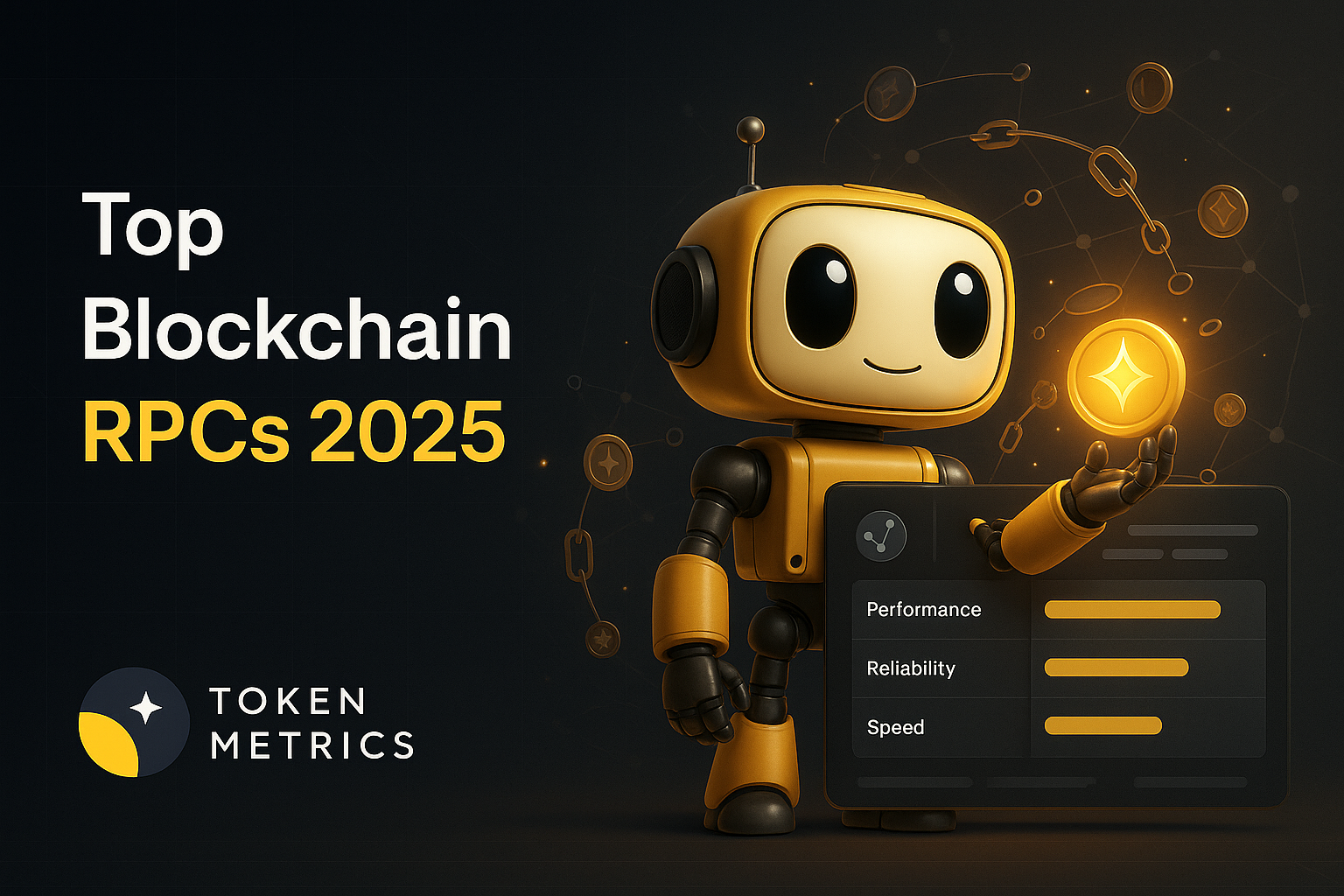
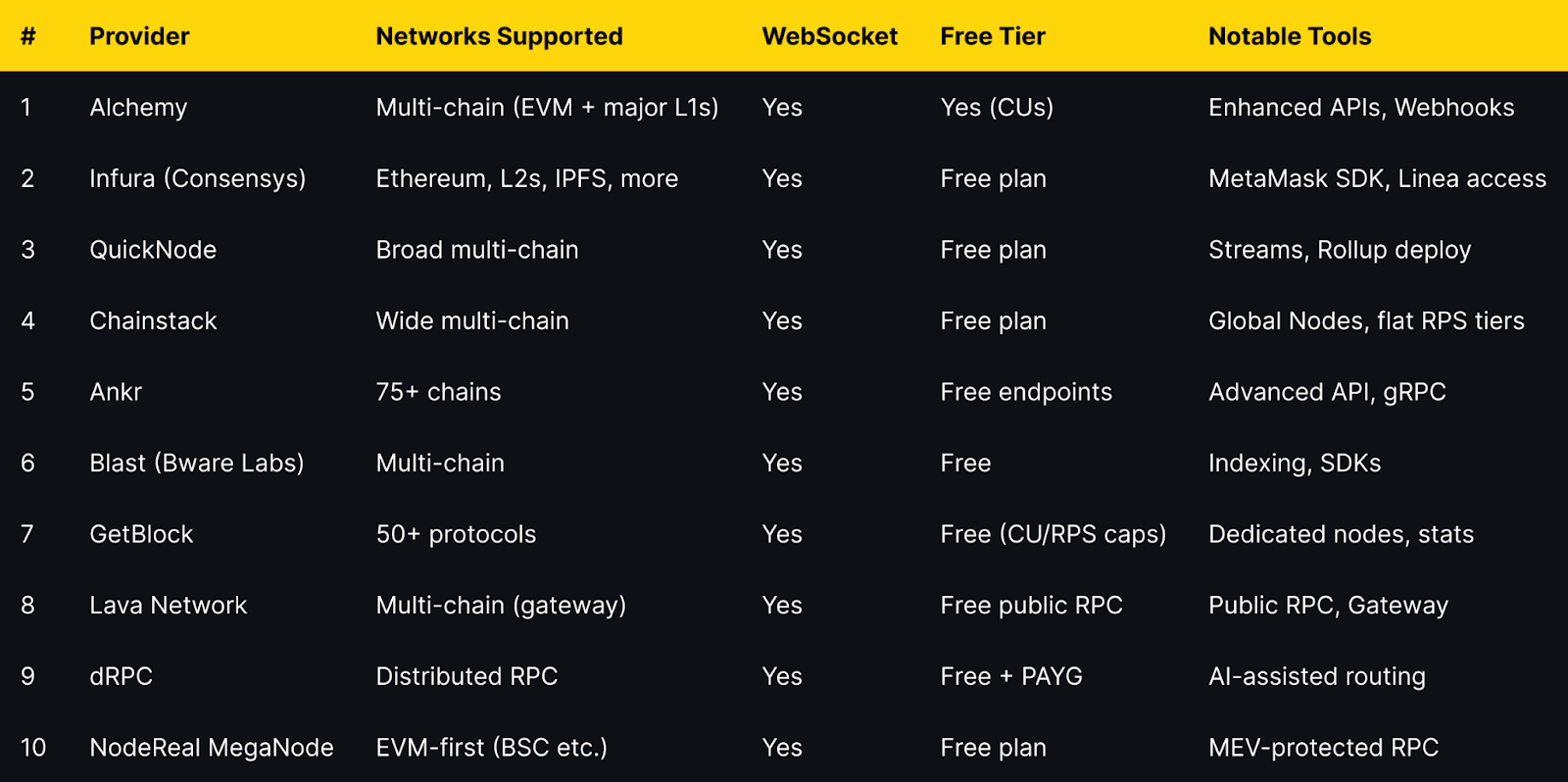

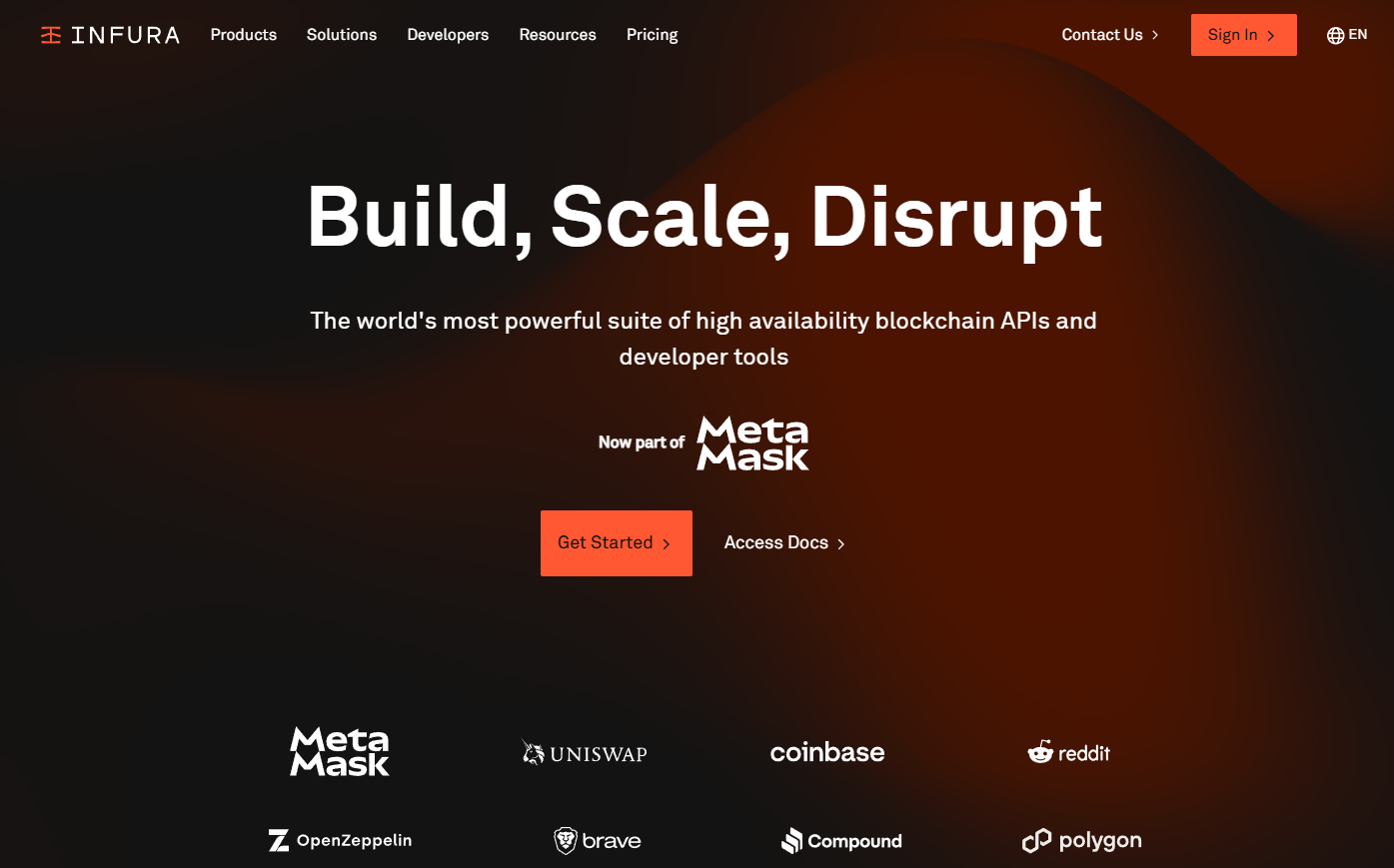
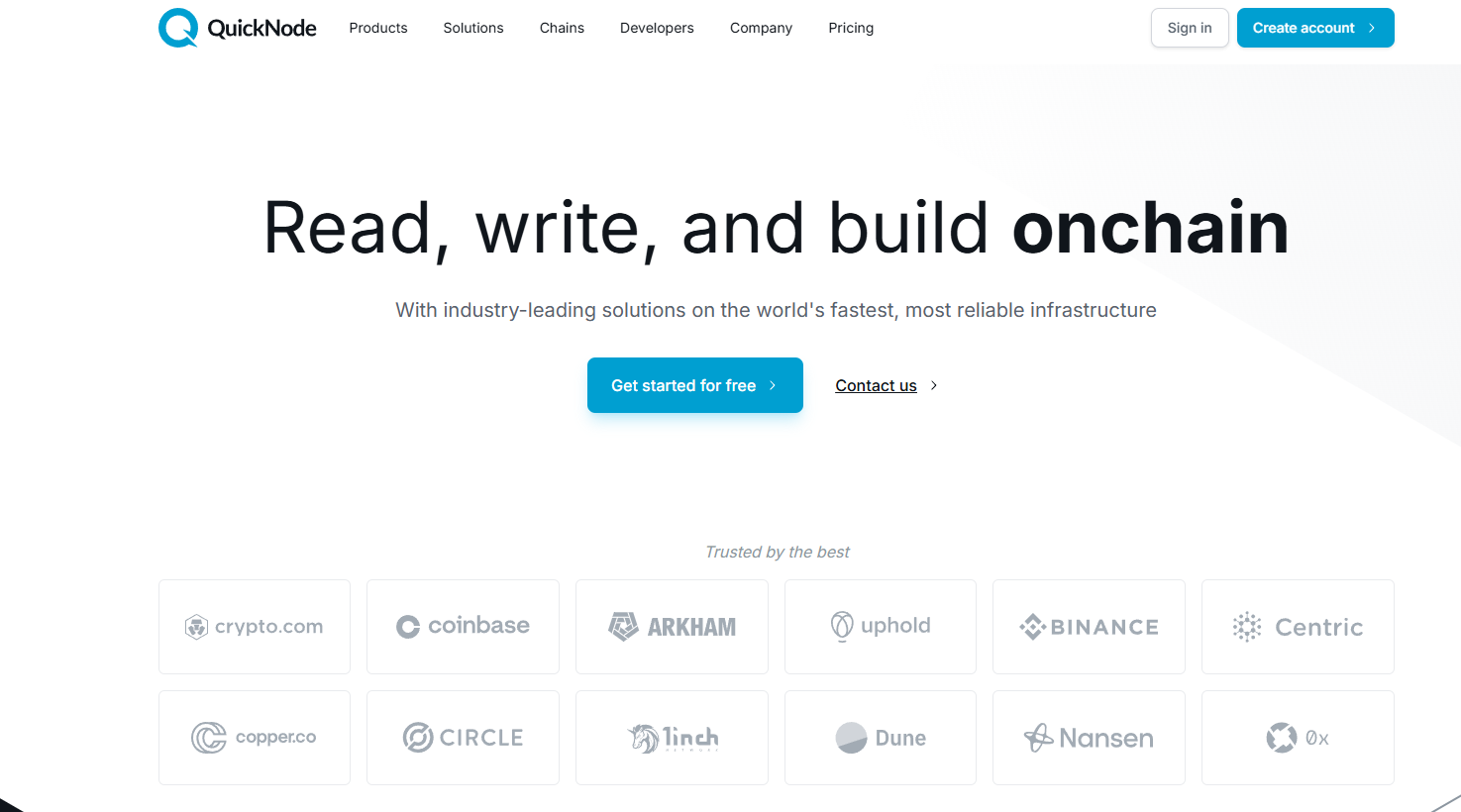












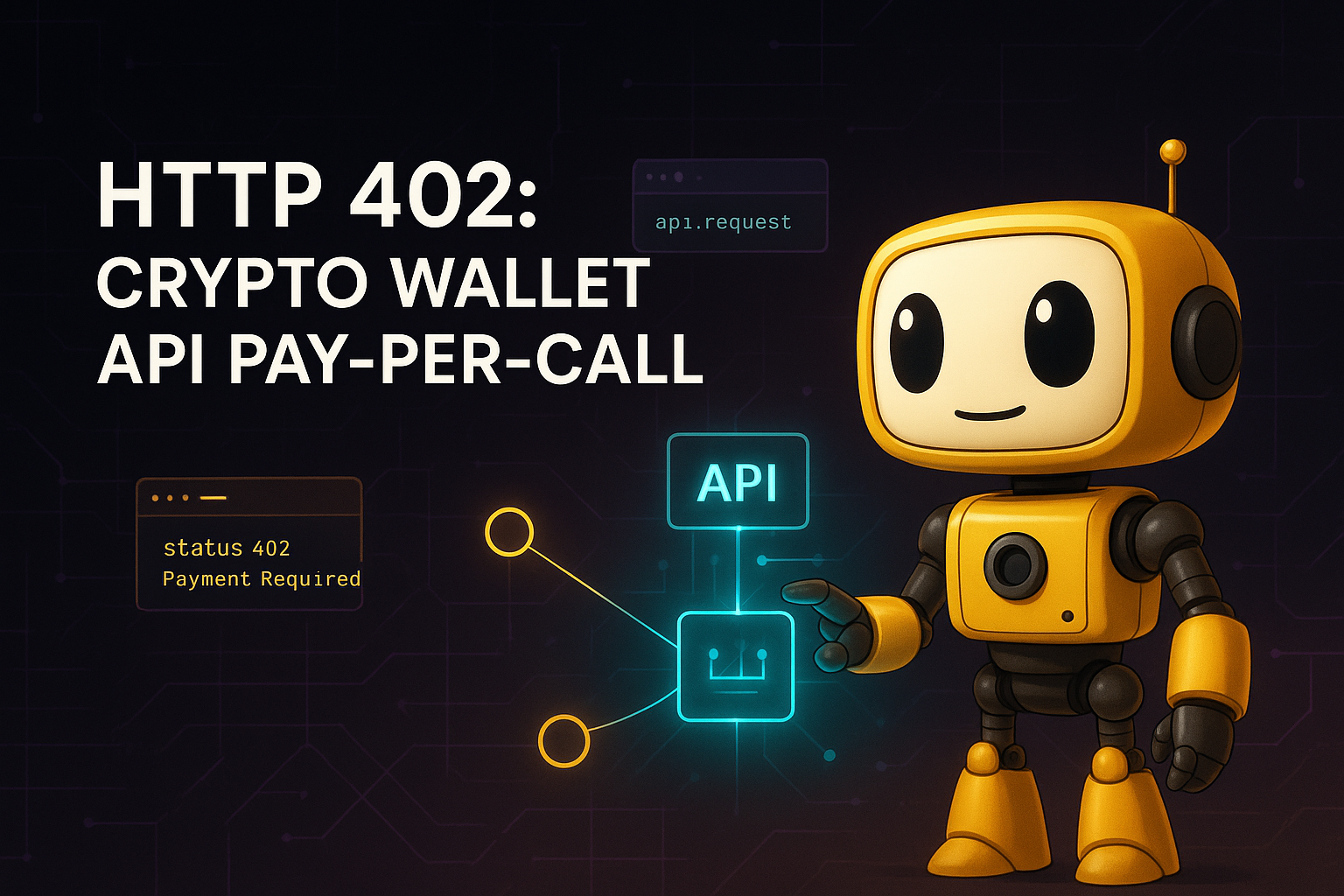








.svg)




.png)